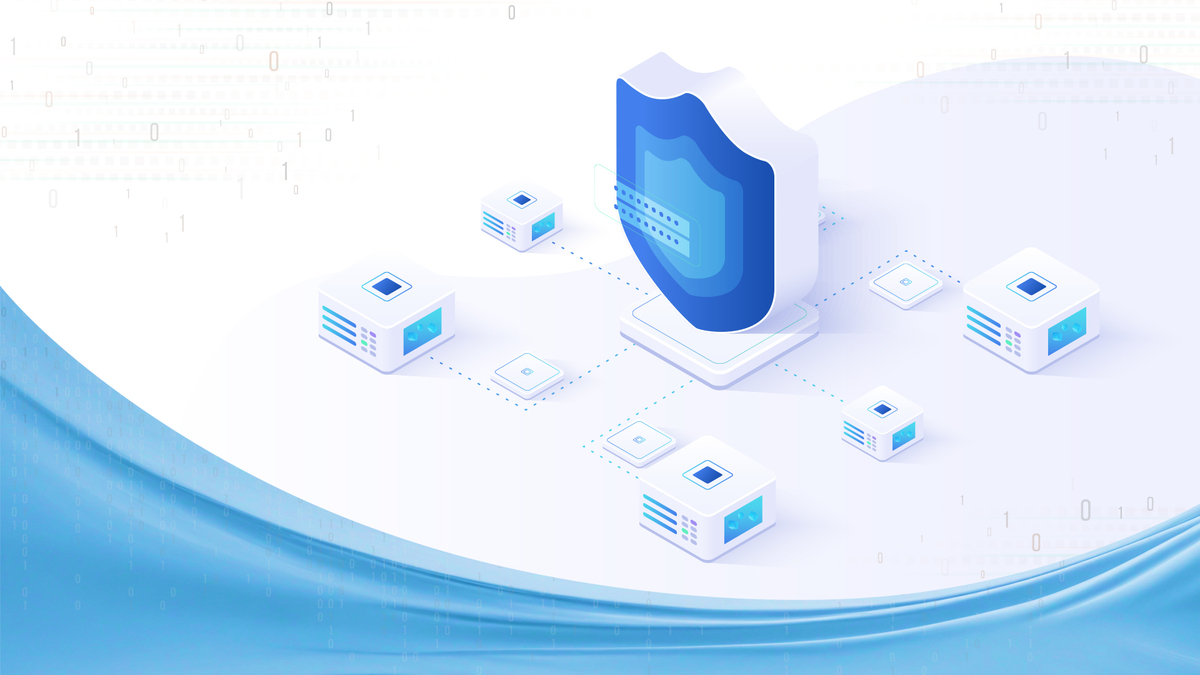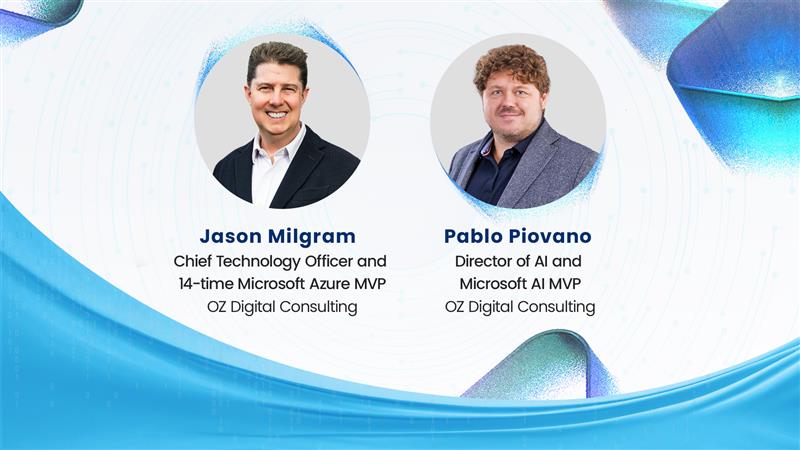Data in the real world is like the children’s game of “telephone.” In the game, a message gets passed on from one person to the next until the last person says what they heard. In the end, what’s relayed is often completely different. You see how information changes naturally through so many hand-offs. It’s the same with business data. As it passes through many systems, devices, and teams, the chances of it becoming “dirty” are higher. As organizations look to adopt AI technologies—such as intelligent automation, machine learning, natural language processing (NLP), and the Internet of Things—their success will depend on whether they can turn raw information into trusted business data.
As Murray Izenwasser, SVP of Digital Strategy at OZ Digital Consulting says, “The importance of high-quality data cannot be overstated.”
Six Dimensions of Data Quality
At its core, high-quality data is:
- Accurate: It correctly represents the real world it’s meant to capture, free from errors or inconsistencies
- Complete: It contains all necessary information without gaps or missing values
- Consistent: It’s uniform across different sources and time periods
- Timely: It’s up-to-date and relevant to the current context
- Valid: It’s in the expected format and follows business rules
- Unique: It has no duplicate values
How Does Data Quality Suffer?
Before we dive in, let’s examine what data quality means because it’s easy to get lost in numbers and metrics. In a nutshell, data quality is: “the term you use to describe data that gives you an accurate picture of the real world in a usable form.”
In an organization, data streams in from many different sources. Data rarely sits around. It’s moved, transformed, and sometimes consolidated into one 360-degree business and customer view. It’s all done in several stages across multiple systems and teams, internal and external. While doing so, one team might change the data format to suit their system; another might discard irrelevant data altogether. But no matter how the data is used, its quality must remain unchanged, which isn’t always the case.
How You Can Fix It
One of the things you can do to ensure you’re working with the right data is to streamline the entire data management lifecycle. You want to avoid the data mess so your data can efficiently serve downstream analytics, data science, and AI. By adhering to sound HYPERLINK “https://followoz.com/resources/blog/heres-why-i-would-choose-microsoft-fabric-as-my-data-management-tool/”data management best practices, which include collecting, processing, governing, sharing and analyzing data, you can turn your data into your most valuable asset. In this foundational blog post, let’s explore the thumb rules of data management: , which include collecting, processing, governing, sharing and analyzing data, you can turn your data into your most valuable asset. In this foundational blog post, let’s explore the thumb rules of data management:
Data Quality Management: Five Best Practices
1. Data Collection
Before collecting data, consider what data you need for the task at hand. Decide what variables you’re analyzing and what sources you have available. Then, get into the details such as their formatting and what data may be lacking.
The typical data estate for most businesses spans multiple clouds, accounts, databases, domains, and engines with many vendors and services. Microsoft Fabric’s OneLake, the unified, multi-cloud data lake built for the needs of an entire organization, can help you connect your data from across your data estate to reduce data duplication and sprawl. With Microsoft Fabric, you can establish a trusted data foundation for your analytics. Coupled with regular audits, you can ensure data accuracy and address errors as they crop up quickly.
2. Data Ingestion
With all the technology available today, you would think it helps remove data silos. On the contrary, it’s led to more fragmentation across various on-premises application systems, databases, data warehouses, and SaaS applications. Many IT teams are now looking to centralize all their data with a lakehouse architecture built on top of a data lake. But moving the data from various systems into the lakehouse is often a challenge. Microsoft Fabric offers a way out: it lets you ingest data into the lakehouse and implement its architecture by combining:
- The flexible and scalable storage of a data lake
- The ability to query and analyze data from a data warehouse
- The scalability of a data store for files and tables you can query using SQL.
[Read the blog: Here’s Why I Would Choose Microsoft Fabric as my Data Management Tool]
3. Data Validation and Monitoring
Verify that the data conforms to established expectations and standards. Ensure all entries have consistent formatting and have no duplicates. For instance, let’s imagine a scenario where you’re analyzing the success of a marketing campaign. One person on the team says the campaign was ineffective while another points to evidence of growth. Who’s right?
If you calculate the percentage using the actual sales amount down to the dollar, the yield is 3.45%, whereas if you round it up, it’s 0%
| Q2 | Q3 | Growth | |
| Sales (rounded to 100,000) | 145,000 | 150,000 | 0% |
| Sales (actual) | 145,000 | 150,000 | 3.45% |
Although the data is error-free, the reporting format is inconsistent. Having robust analytics and reporting tools like PowerBI can help fix this. The Data Flow and Data Wrangling services within Microsoft Fabric can help you clean and standardize the data to ensure all your information is accurate and consistent. It unifies date formats and removes duplicate entries, making the data reliable and usable. The platform’s advanced monitoring features also allow for real-time tracking of data flows and alerts you of anomalies.
4. Data Standardization
As organizations stand up lakehouse architectures, the supply and demand of clean and trusted data doesn’t end with analytics and machine learning. Many IT leaders realize they must share data across the organization—with customers, partners, and suppliers—to get meaningful insights. However, they fail at data sharing due to a lack of standards, collaboration challenges, and risk when working with large data sets across a vast ecosystem of systems or tools.
Microsoft Fabric’s external data sharing feature is the answer to cross-functional data sharing by letting users from another Microsoft Fabric tenant access their data. The data stays in the provider’s OneLake storage location, and no data is moved. What makes the external sharing solution so seamless is that many organizations already use PowerBI. Which means you don’t need to stand up any new products and solutions; you just have to continue using what you have been using and take advantage of this new feature.
5. Data Cleaning
Moving data into the lakehouse is an important step in making data usable for analysts or data scientists. Outdated data causes inaccuracies and a distrust in insights.
Data engineers struggle with cleansing diverse data and transforming it into a format suitable for analysis, reporting, or machine learning. It requires a deep understanding of data infrastructure systems and expertise in building complex queries across languages. Microsoft Fabric reduces the complexity by helping data engineering teams prep their data with Data Wrangler, a feature that combines a grid-like data display with dynamic summary stats, built-in visualizations, and a library of data-cleaning operations. Each operation updates the data in real time and generates code in pandas or PySpark, which can be saved as reusable functions.
6. Data Governance
Organizations often prioritize building data lakes for analytics and machine learning at the expense of data governance. With the rise of lakehouse architectures and data becoming more democratized, more people now have access to it.
Traditionally, administrators have managed data lakes using cloud-vendor-specific security controls like IAM roles or RBAC. However, these technical security measures don’t fully meet the needs of data governance, which dictates who has authority over data assets and how they may be used. Increased data access raises the risk of oversharing or unintended use of sensitive data.
With Microsoft Fabric, you have complete visibility into your tenant, including insights into usage and adoption and key capabilities to secure your data end to end. Powered by Microsoft Purview, Fabric integrates enterprise-grade governance and compliance capabilities directly into its platform. This includes persistent sensitivity labels, automatic detection of sensitive data via data loss prevention policies, and comprehensive auditing.
The integration with Purview simplifies user experience and reduces administrative overheads by eliminating the need for additional Purview RBAC configuration. Users can annotate and curate Fabric data assets within the Purview data catalog, enriching data with descriptions, terms, tags, and metadata. This enhances data understanding, fosters collaboration, and improves overall data governance practices within an organization.
Your Trusted Data Journey Starts Here
To mitigate business risks and set the stage for AI success, organizations must prioritize data management as a strategy. It must include strong data governance frameworks and investments in data quality tools and processes that recognize data as an asset. With over 25 years of experience in data strategy and data management, we can help you manage your data from ingestion to analytics by unifying your data analytics and AI with purpose-built Microsoft-powered tools and technologies. Contact us today to learn more.




